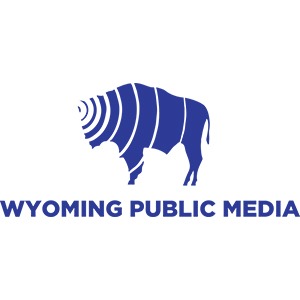
Wealthier, Whiter Areas Are More Likely to Get Help After Fires, Data Show
For decades, Dr. Barrett said, most of the people moving into fire-prone areas were white and well-off. But rising home costs in cities and suburbs are increasingly pushing lower-income and minority families into those areas, she said, and all levels of government need to change their fire policies to reflect that growing economic and racial diversity.














